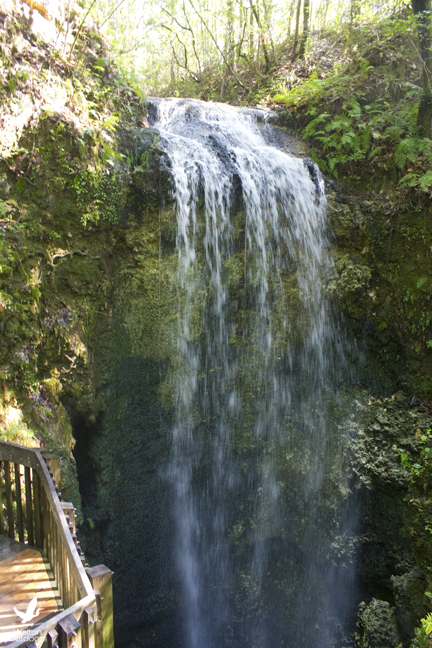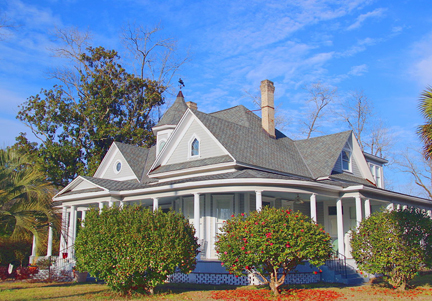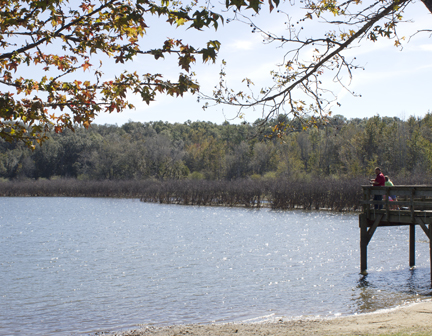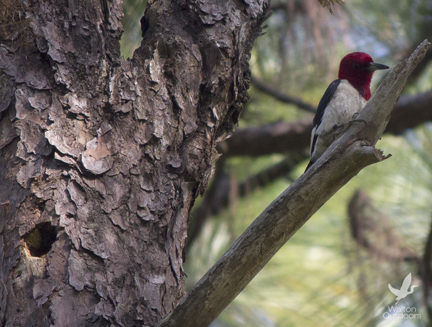
A collaborative effort of five northwest Florida counties is in the works that will highlight historic U.S. Highway 90. Once completed, the project will offer an unforgettable drive through the history, nature and culture through Walton, Washington, Holmes, Jackson, and Gadsden counties. Areas of interest will span from the Choctawhatchee River east to the Apalachicola River.
In honor of the Old Spanish Trail, the Highway 90 Corridor is rich in history. Once the plan is complete, its goal is to attract more visitors to stay and explore the area. Loop tours will encourage travelers to venture beyond Highway 90 and discover unique gems that they may never have known about on their own. Uniform signage will be placed at appropriate intervals along Highway 90 to let travelers know they are on a historic corridor and will help guide them to historic sites and attractions along the way.
The Washington County Tourist Development Council has been busy with their plans and have compiled an extensive list of historical and eco tourism based opportunities.
“The corridor is unique because it is divided into two segments by a part of Holmes County,” said Heather Lopez, Washington County Tourist Development Council director.
The western segment passes through the city of Caryville along the Choctawhatchee River. The eastern segment centers on Chipley.
The four potential loops would take visitors to everything from the better known areas of the county, such as Falling Waters, Moss Hill Church, the Possum Monument, and the county’s creeks and lakes, to lesser known gems such as the grave of Confederate solider Stephen Pierce of the “Washington County Invincibles” and the site of the “Ghost of Boynton Island,” where music is said to still be heard from Washington County’s own “fiddling ghost.”
The Historic Highway’s next planning phase is now underway, with meetings planned with the Florida Department of Transportation to determine appropriate placement for signage and marketing for the highway.
A few of the Washington County highlights include:

Washington County Historical Society Museum
Located at 685 Seventh Street in Chipley, the Washington County Historical Museum is located in a railroad-themed structure that features exhibits, artifacts and other information on the rich history of Washington County. It is currently open to the public on Fridays.

Butler House
Located within the South Third Street National Historic District, the Butler House is a remarkably well-preserved example of Queen Anne style architecture. This style of architecture was popular in 1880-1910 across Northwest Florida, but most examples have been lost over the years due to expanding downtown commercial districts and neglect. The Butler House was built in ca. 1902 and features a unique roof system with cross-gables, an octagonal turret, Doric columns and double-hung sash windows. It is a private residence today.

Blue Lake
Located at 1865 Florida 77 just south of Interstate 10 in Chipley, Blue Lake is one of Florida’s unique “disappearing lakes.” This unusual phenomenon is caused by the unique karst topography that underlies the state. Water passing through underground limestone slowly erodes caves and caverns, some of which eventually collapse to form sinkholes. Such a sinkhole is located at the bottom of Blue Lake and the large body of water has been known to completely disappear overnight. The sink then becomes plugged with debris and the pond slowly refills.

Falling Waters State Park
This beautiful park at 1130 State Park Road in Chipley is home to the tallest waterfall in Florida, a 73-foot high fall that disappears into a unique lime sink that is 100-feet deep and 20-feet wide. The park also protects the Falling Waters Sinks State Geological Area, an area of sinks and caves created by Florida’s karst topography. Other features include the site of one of the state’s first oil wells, a butterfly garden, picnic area, swimming beach and lake, and a campground.

Holmes Creek
Going from east to west, the Historic Highway 90 Corridor passes out of the Chipley segment where it crosses the bridge over Holmes Creek into Holmes County. The creek itself, once called Weekaywee-Hatchee (Weeki Wachi) by the Creek Indians, is a major tributary of the Choctawhatchee River. Rising near the Alabama line, it flows in a generally southwesterly direction and is one of the most beautiful spring-fed creeks in Florida. A large section of the creek in Washington County has been designated a state paddling trail.
To follow the project, go to www.historic90.com, or follow them on Facebook at https://www.facebook.com/highway90
